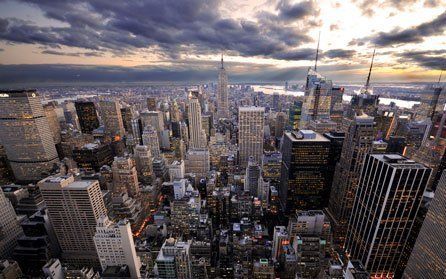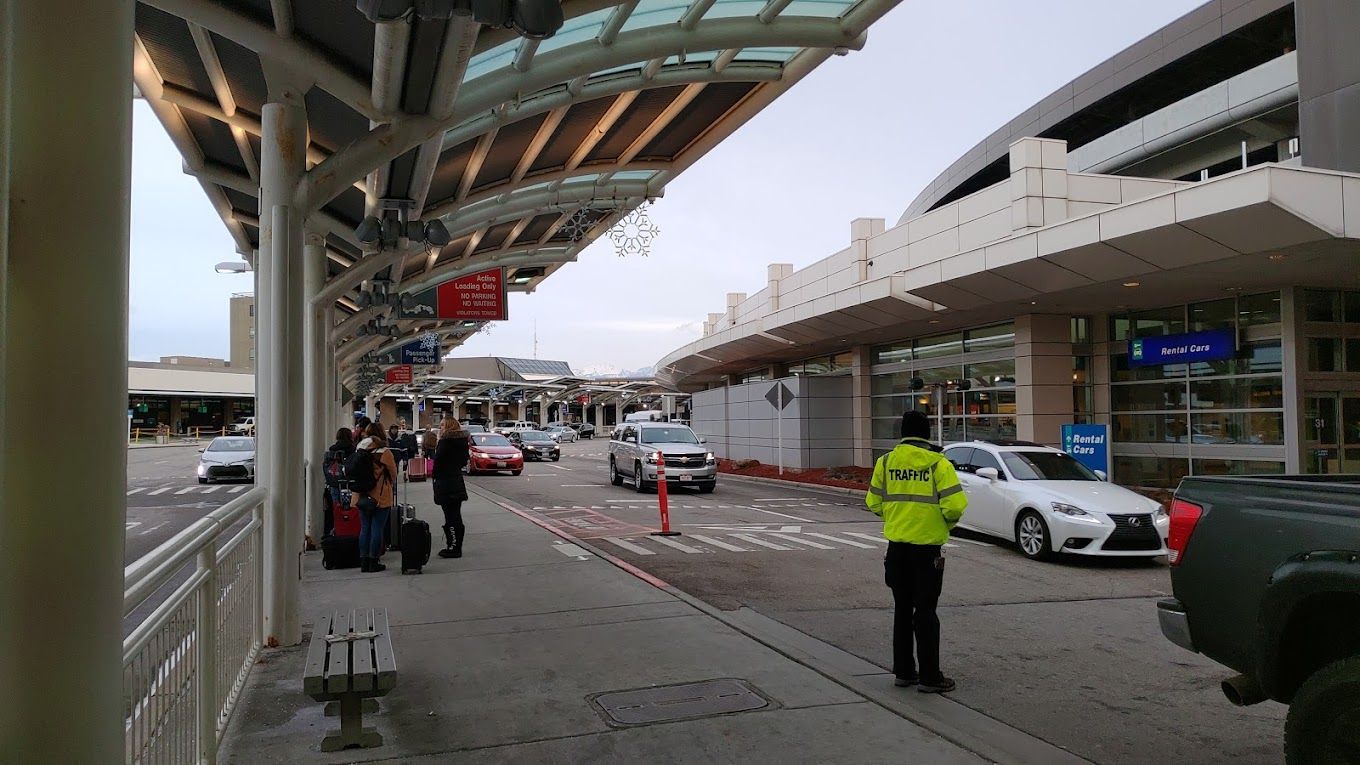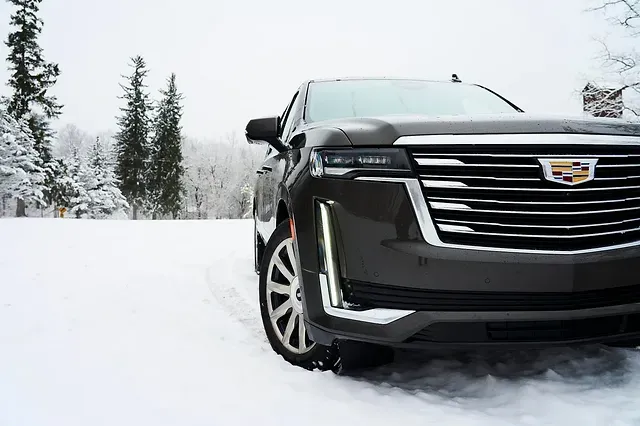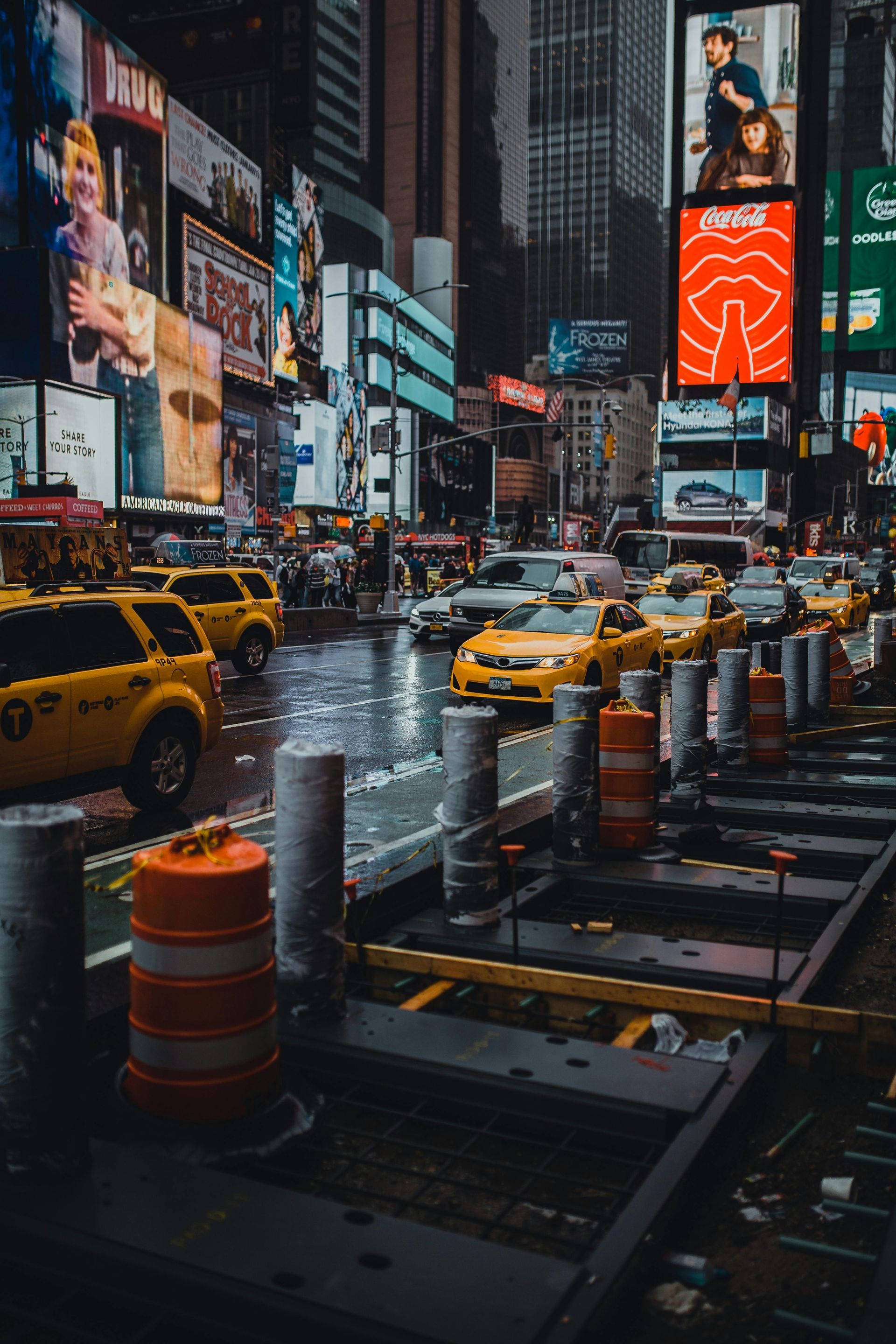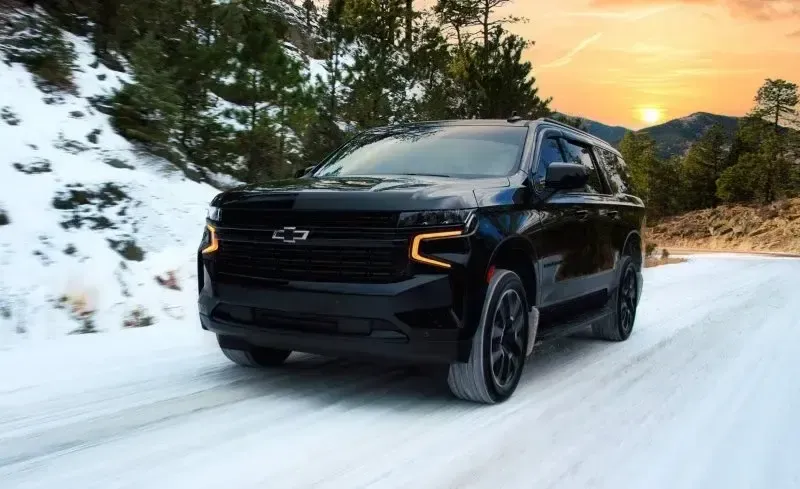Rideshare and Sharecropping: A Modern-Day Parallel

Introduction
Have you ever wondered if the gig economy has historical parallels? One striking comparison is between the modern rideshare industry and the historical concept of sharecropping. While these systems have been separated for over a century, their similarities in labor arrangements and economic exploitation are worth exploring.
What Was Sharecropping?
Historical Context
Sharecropping emerged in the Southern United States after the Civil War, filling the void left by the abolition of slavery. Former slaves and poor whites had few options but to lease land from wealthy landowners. In return, they would pay a share of their crops as rent.
How It Worked
The arrangement seemed straightforward but was fraught with inequality. Landowners held significant control over the sharecroppers, dictating terms that often kept them in cycles of debt. This lack of economic freedom perpetuated poverty and widened racial inequalities.
The Modern Rideshare Model
Fast forward to today, and we see a similar narrative unfolding in the rideshare industry dominated by companies like Uber and Lyft. Here’s how:
Unequal Power Dynamics
Just like the landowners of the past, rideshare companies wield considerable control over their drivers. They set the rates, determine working conditions, and have the final say in employment terms. Drivers, much like sharecroppers, have little to no say in these critical aspects of their work.
Lack of Job Security and Benefits
Both sharecroppers and rideshare drivers face a lack of job security and benefits. Sharecroppers had no financial safety nets and were often at the mercy of the landowner’s whims. Similarly, rideshare drivers are classified as independent contractors, making them ineligible for benefits like healthcare, paid leave, or retirement plans.
The Role of Technology
Perpetuating Labor Models
Technology now plays a pivotal role in perpetuating these labor models. The algorithms used by rideshare companies dictate when and where drivers should work. While this promises flexibility, the reality is often a lack of control over one's work schedule and income.
Increasing Corporate Control
Advanced technology also enables rideshare companies to monitor driver performance incessantly, like landowners who closely monitor their sharecroppers. This constant surveillance can increase stress and further tilt the balance of power in favor of the corporation.
Economic Impact on Workers
Debt and Poverty Cycles
Both systems trap workers in cycles of debt and poverty. Sharecroppers often owe more to the landowner than their share of the crop can cover, leading to perpetual debt. Similarly, rideshare drivers bear car maintenance costs, fuel, and insurance, often finding their earnings insufficient to cover these expenses.
Potential Solutions
To break these cycles, we need meaningful changes. Here are some suggestions:
- Policy Changes: Implement laws that provide gig workers with essential benefits and protections.
- Unionization: Support efforts to unionize rideshare drivers, giving them a collective voice to negotiate better terms.
- Technological Fairness: Promote transparency in the algorithms that dictate gig work, ensuring they serve the workers and the company's interests.
Conclusion
Recognizing the parallels between sharecropping and the modern rideshare industry is crucial for addressing today's economic exploitation. By understanding these dynamics, we can work towards creating a fairer, more equitable system for all.
Ready to take action? Engage with local labor rights organizations and support policies that protect gig workers. Let's strive for a future without economic exploitation.


